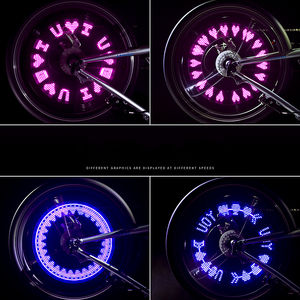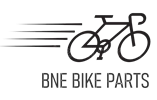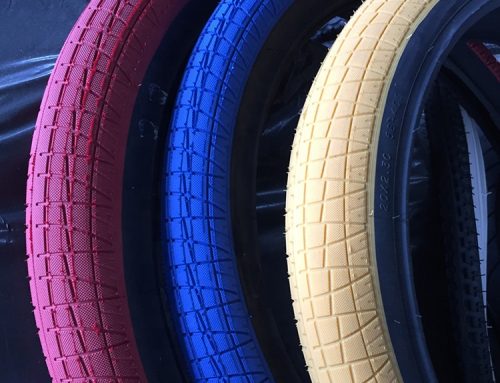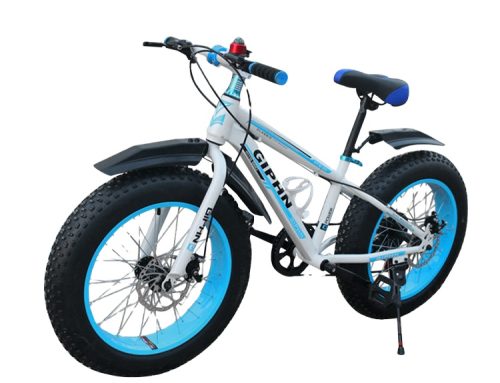Shock absorption is a critical consideration for enhancing comfort while cycling, especially on rough terrain. Here are several ways to achieve better shock absorption and smoother rides through your bike seat:
- Saddle Design: Look for bike seats that are specifically designed with shock absorption features. These could include built-in springs, elastomer suspensions, or other mechanisms that absorb vibrations and impacts from the road or trail.
- Gel Padding: Bike seats with gel padding can provide additional cushioning to help absorb shocks. Gel molds to your body’s contours, reducing pressure points and providing a smoother ride.
- Suspension Seatposts: Consider using a suspension seatpost, which is designed to absorb shocks from the road or trail. This component adds a layer of cushioning between your seat and the bike frame, providing a more comfortable ride.
- Tubeless Tires: Switching to tubeless tires can enhance shock absorption by allowing you to run lower tire pressures without risking pinch flats. Lower tire pressures create a “cushioning” effect as the tires absorb more of the terrain’s irregularities.
- Wide Tires: Using wider tires can also help absorb shocks. Wider tires have a larger air volume, allowing them to run at lower pressures while providing a smoother ride over bumps and rough surfaces.
- Proper Body Position: Adopt a more relaxed riding posture with slightly bent elbows and knees. This position allows your body to act as a natural shock absorber, reducing the impact on your bike seat.
- Padded Cycling Shorts: Investing in padded cycling shorts can significantly improve comfort by adding an extra layer of cushioning between you and the saddle. The padding helps absorb shocks and reduce friction.
- Choose Routes Wisely: Whenever possible, opt for smoother roads or trails that are less likely to subject you to jarring impacts. Avoiding extremely rough terrain can help minimize the need for excessive shock absorption.
- Regular Maintenance: Ensure your bike is properly maintained, including checking tire pressure and making sure your suspension components (if applicable) are adjusted correctly. Well-maintained components perform better in terms of shock absorption.
- Personal Fit: Finding the right bike seat and adjusting it to the correct height and position can contribute to overall comfort and better shock absorption. A properly fitted seat can help distribute your weight more effectively.
Remember that while these strategies can improve shock absorption, there’s no one-size-fits-all solution. Comfort is highly individual, and what works for one person might not work as well for another. Experiment with different combinations of techniques to find what provides the smoothest and most comfortable ride for your specific needs and preferences.





